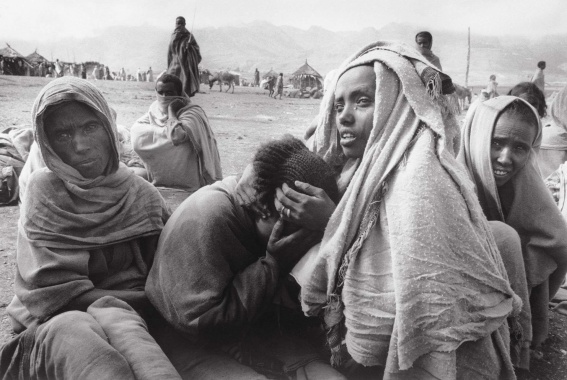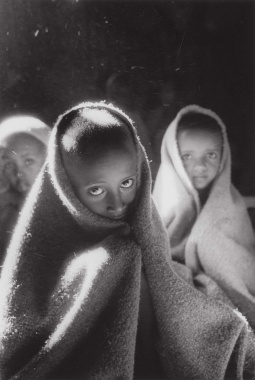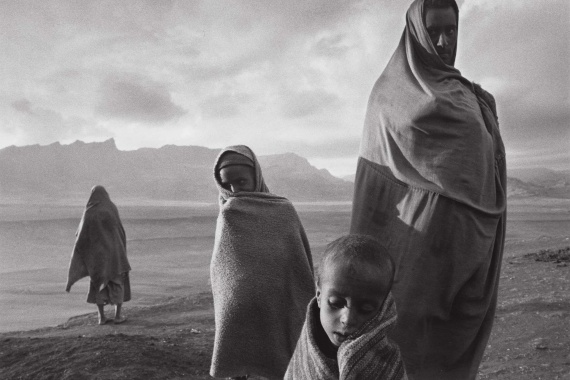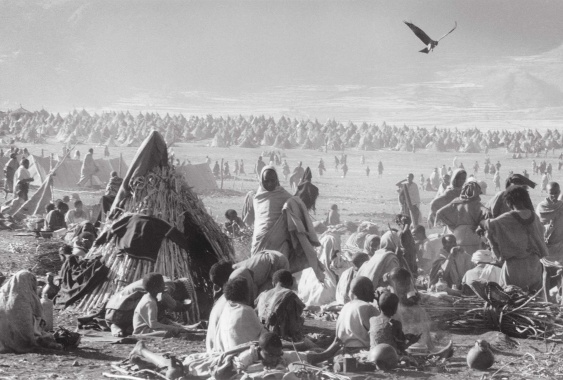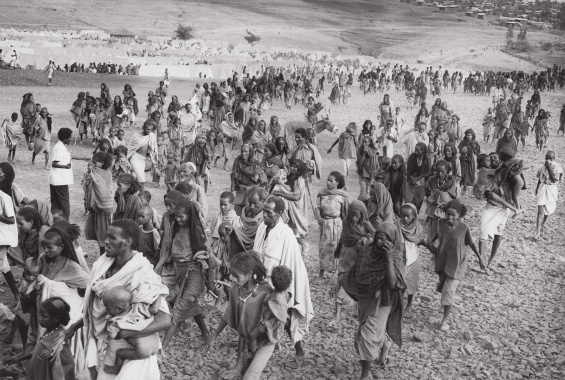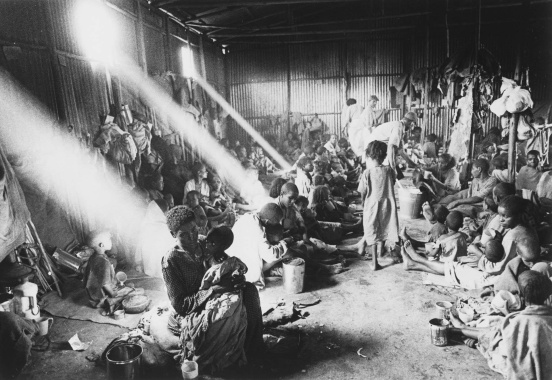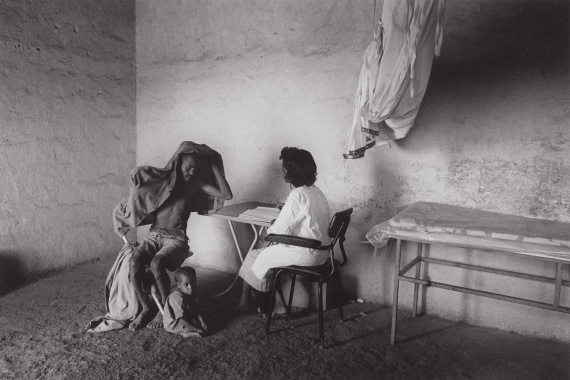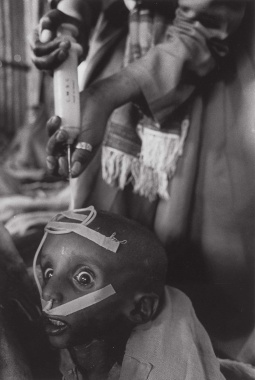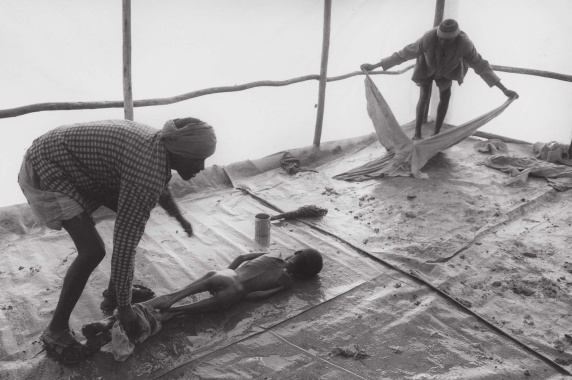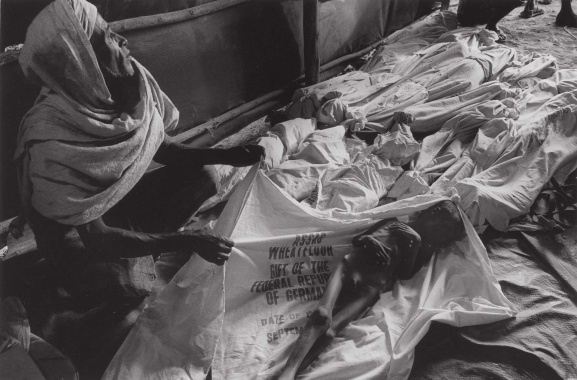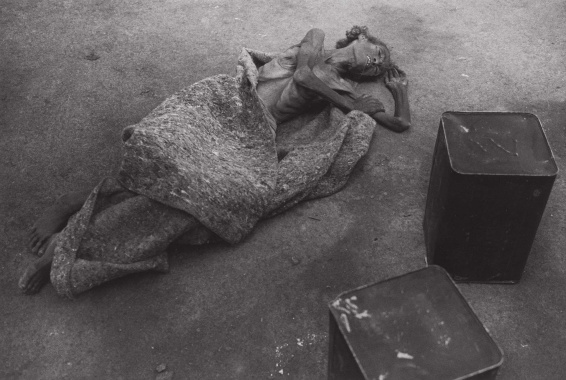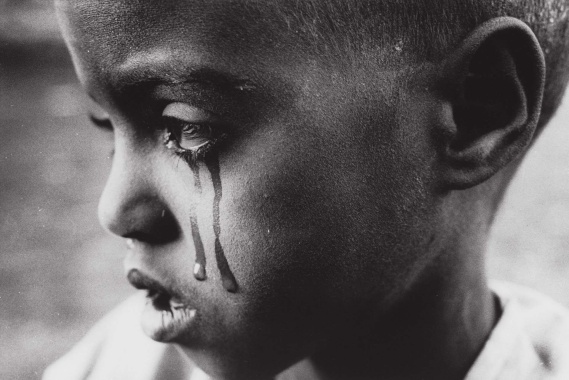Sebastião Salgado – Ethiopian Hunger, 1985
His socio-documentary images of famine in Ethiopia had a great impact on the awareness of industrialised nations. They are both art and explanation at the same time. Sebastião Salgado was honoured with the LOBA in 1985 for this emotional and stirring series.
The pictures are shocking. They reveal fleeing masses, camps, and starving children. They testify to the catastrophic consequences of the drought in Ethiopia during the eighties, that affected eight million victims. They document the extermination of over 500,000 people. They are pictures of poverty, suffering and death.
The Brazilian photographer Sebastião Salgado took these pictures. He used his camera to peer into the darkness, the abyss, the horror. It cannot be easy to do something like that. Yet, as his work over a 40-year career shows, Salgado has committed himself to reality. He has focused upon people of flesh and blood who have lost so much, if not all, as a result of war, exploitation, plague or environmental destruction. Most of his photography seems to question: why do parts of the world live in excess, while others do not have enough to survive?
The “Ethiopian Hunger” series cannot answer this question, nor does it aim to do so. It is, however, an attempt to bring to light what is going on elsewhere in the world, outside the viewer’s own bubble. “Photography is a language that doesn’t need translation. Photography is the language that gives people the opportunity to see what you saw,” Salgado once said. He offers the viewer the option to look into a reality that would otherwise have remained unknown. This reality is cruel, brutal and disheartening: a child, just skin and bones, is wrapped in a shroud; in a camp, an Ethiopian family crouches, crammed together, hoping for relief; a portrait of a young boy shows large tears rolling down his cheeks. With hauntingly aesthetic pictures, Salgado places fate and death in front of everyone’s eyes. He illuminates the lives of people who must persevere in extremely horrible and agonizing situations.
“Photography is a language that doesn’t need translation. Photography is the language that gives people the opportunity to see what you saw.”
Salgado received the 1985 Leica Oskar Barnack Award for his series on the devastation wrought by famine in Ethiopia. The jury acknowledged his impressive images, citing that the photographs “make thoughts of humanity and philanthropy visible in our society”. Salgado continued photographing people up until 2000: he documented workers in Africa’s gold mines, and migrants attempting to flee from hunger or war. “In my whole life I have only ever photographed one animal, and that is us,” he once admitted in an interview.
(Text written in 2020)
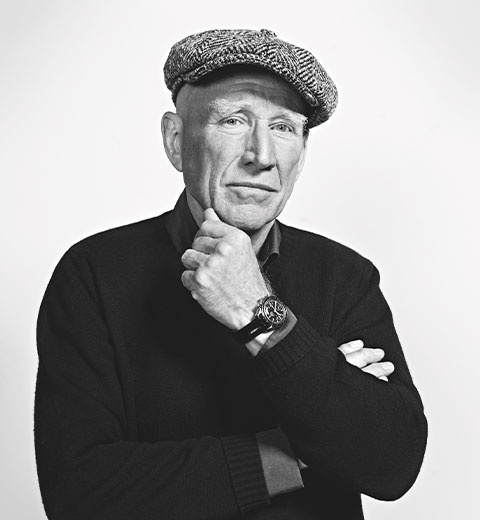
Sebastião Salgado
Sebastião Salgado was born in Brazil in 1944. He is one of the best-known and most acclaimed photographers in the world. His work has received numerous awards, including the LOBA twice (1985 and 1992), the Hasselblad Foundation Award, and the Dr. Erich Salomon Award. In 2019, Salgado was the first photographer to be honoured with the German Book Trade’s Peace Prize. Together with his wife Lélia, he is involved with international environmental and medical aid organisations. He lives in Paris and in Brazil.
